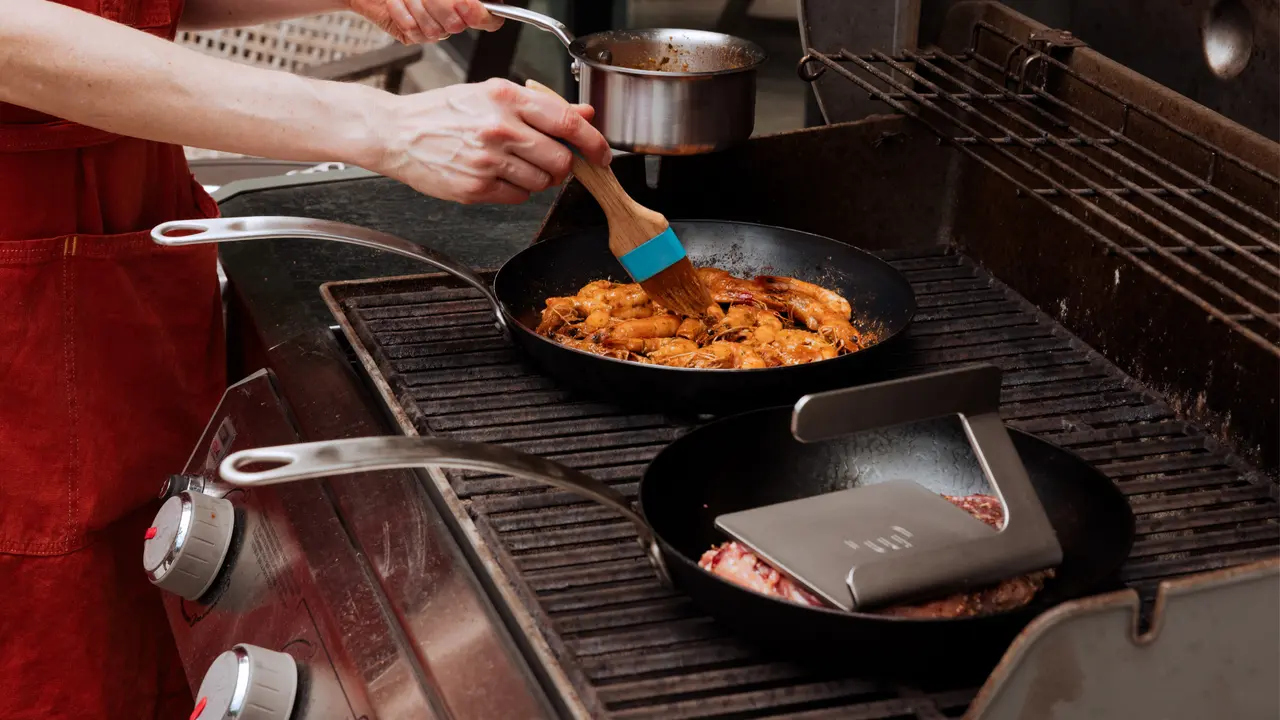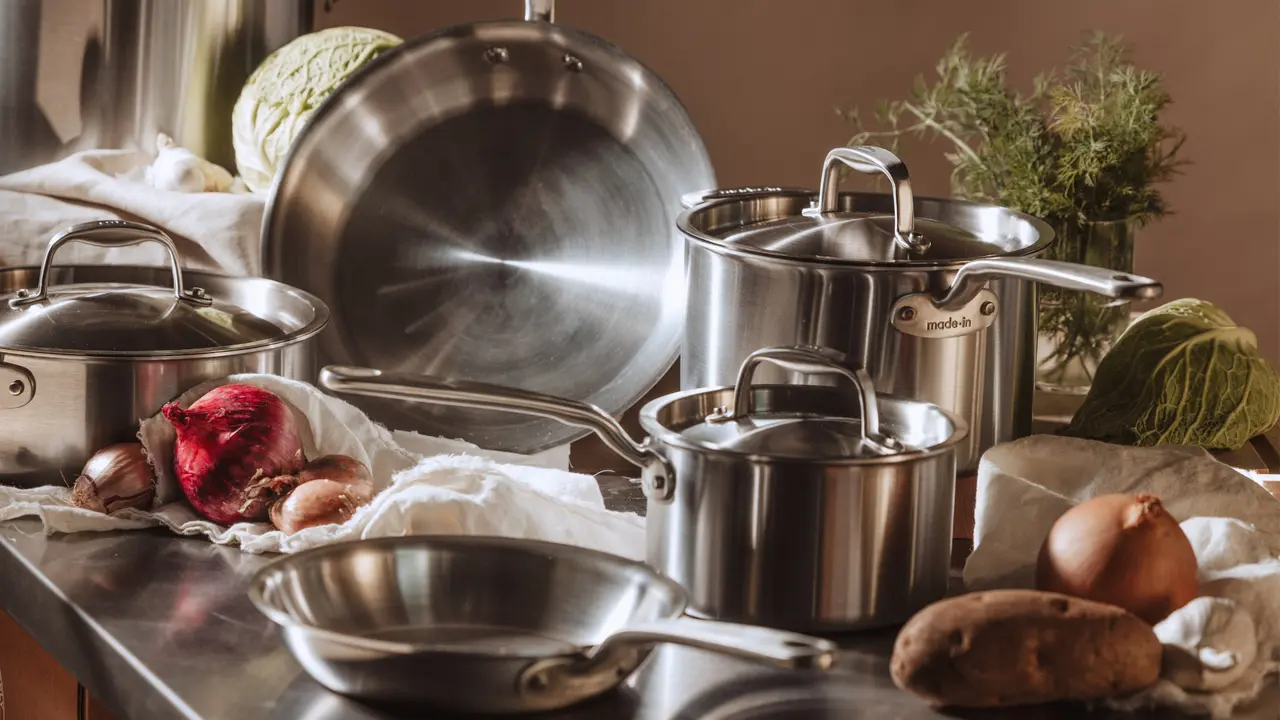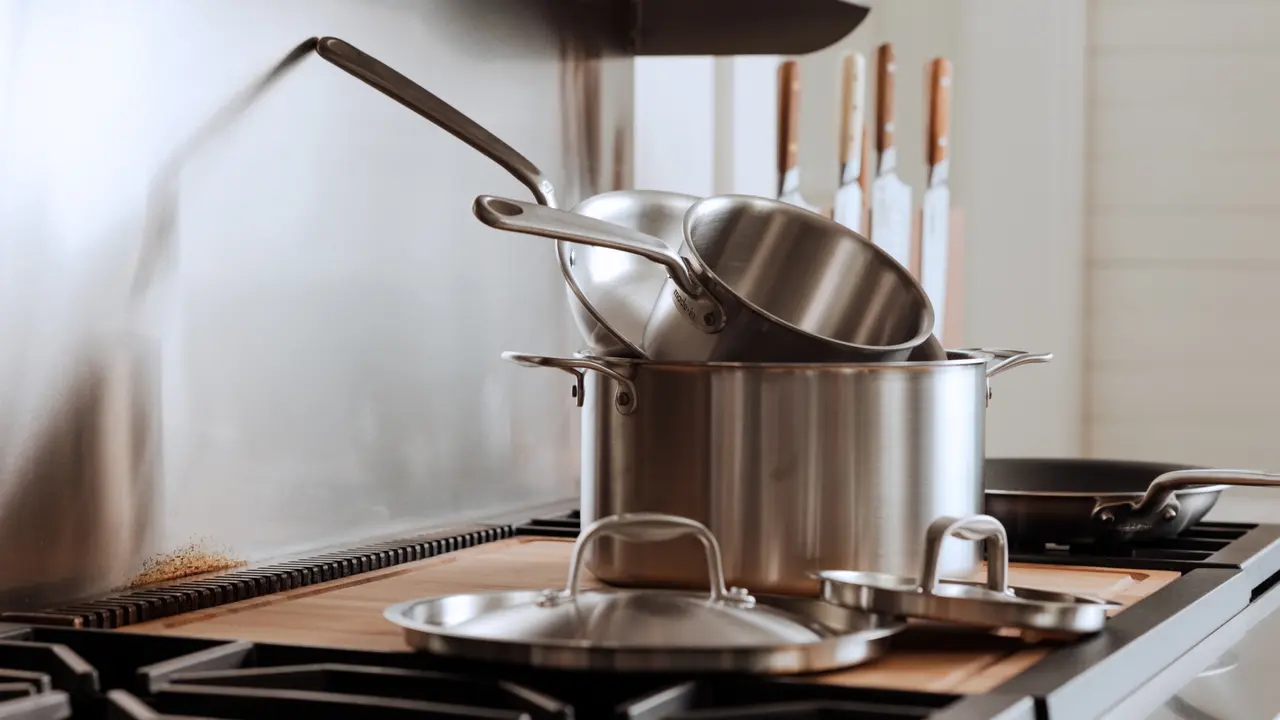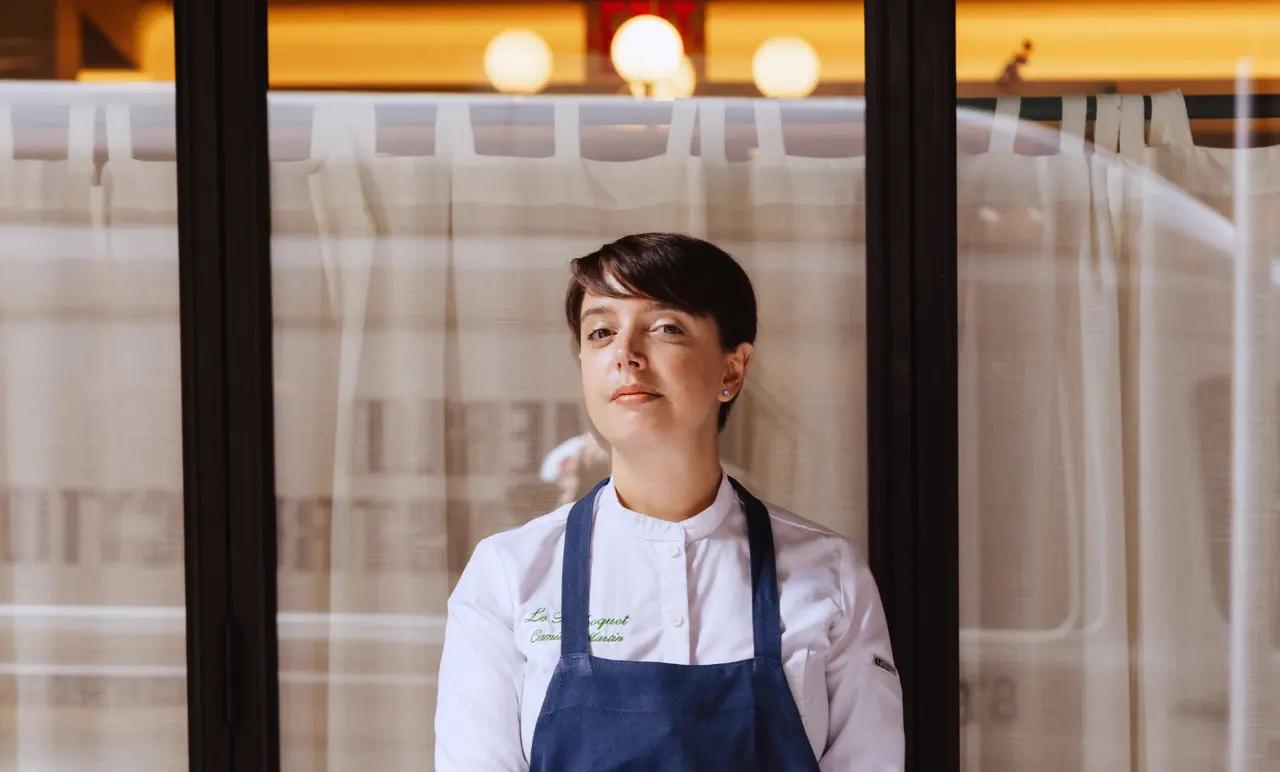Not all mushrooms are created equal. When you hear the word mushroom, the image that may come to mind is something slightly slimy, typically found in a styrofoam box. Over half of the mushrooms eaten in the US are button mushrooms, which have their culinary place but only scratch the surface of the edible fungus kingdom.
Smallhold is trying to change this. Since 2017, they have been cultivating a variety of mushrooms for restaurants and grocery stores in New York, Texas, and California. During the pandemic, they also began providing curious cooks with grow kits, so they could try their hand at growing mushrooms themselves.
One of our favorite types of mushrooms are oysters, which come in a variety of colors and shapes. Their meaty texture makes them a favorite of chefs, including Rick Lopez of Austin’s La Condesa, who grills them whole. Oyster mushrooms also happen to be the first variety cultivated by Smallhold. We spoke with our friend Abigail Knoff at Smallhold’s macrofarm in Brooklyn to find out what makes these mushrooms unique and why they’re perfect not just for summer grilling, but for every season.
What Are Oyster Mushrooms?
Oyster mushrooms are the common name for the pleurotus ostreatus species of fungus. They come in many varieties but perhaps the most common are blue oyster, which are characterized by their meaty, broad caps and prominent gills. The gills crisp up nicely under pressure, making them ideal for grilling.
Though they aren’t exactly blue as the name implies, they are usually darker brown with a blue undertone. The other varieties of oyster mushrooms are trumpet (also called king oyster), yellow, and pink.
How Are They Grown?
Smallhold grows all their mushrooms, including oysters, on blocks of substrate, which is primarily composed of sawdust. “It’s really cool because sawdust is a waste byproduct of the timber industry, so the mushrooms literally grow on waste streams,” they told us. “Then it all gets composted at the end of the growth cycle, so it's a pretty circular growing method.”
When it comes to specialty mushrooms, oysters are amongst the easiest to grow. They are relatively hearty and you can sometimes begin harvesting them just two weeks after exposing the substrate to oxygen.
What Can You Do With Oyster Mushrooms?
Each variety of oyster mushroom has its own flavors and methods of preparations to help those shine. “We love to roast whole blue oysters,” Smallhold says. “Because mushrooms contain chitin, which is also in the shell of crustaceans, they’re difficult to overcook and therefore hold up really well to roasting.” This is also why they do so well over the high heat of a grill as well.
Yellow oysters have a much more delicate flavor and consistency. This, coupled with their stunning color makes them a favorite amongst chefs, but it also means that they dry out more quickly than their blue counterparts. “I like to coat them in tempura batter and fry them up that way,” Smallhold says. They also make a nice addition to a medley of mushrooms in a stir fry.
King oyster mushrooms are a staff favorite at Smallhold. “They have the most consistent texture throughout and you can treat them like a steak,” they say. “Because you can bisect them and make a flat surface, you can get the whole surface area caramelized.” The stems of king oysters can also be sliced into rounds to make mock scallops.
Rules for Mushrooms
No matter what kind you’re working with, here are some of Smallhold’s tips for getting the most out of your mushrooms.
- Buy local — like most produce, it’s best to know where your mushrooms come from and get them when they are as fresh as possible.
- Store in a paper bag in the fridge — this keeps your mushrooms fresh without drying out or getting slimy.
- Sometimes simple is best — if you really want the unique flavor of your mushrooms to stand out, sauté them with a little olive oil.
- Don’t waterlog them — mushrooms are super absorbent, so make sure they have plenty of room when you’re cooking them.
- Get creative — don’t be afraid to try different varieties of mushrooms or treat them like meat when you’re cooking them. Press, sear, and fry away.
Now that you know all about oyster mushrooms, incorporate them into your summer grilling with Rick Lopez’s Grilled Oyster Mushrooms with Herb Salad.




























